In every joke there is a grain of a joke! It would seem that a ridiculous statement about charging flash drives, even theoretically, could not arise from anywhere. But it appeared and has an explainable reason. Many knowledgeable users know that NAND memory needs care, which consists in leveling the wear and tear of cells. This is usually done by the controller, and the theory about the operation of similar care services has migrated from those with SSDs. Yes, in principle these are similar devices, but they are distinguished by many details, let's discuss them ...

SSD controllers turn on immediately, they have an SLC buffer, operating memory and a pool of NAND cells. The structure of calls is similar, but there are more services in the SSD than in the available NAND devices. Most users think that frequent work with USB flash drives (transfer, copy, delete) leads to a lack of time for the controller to take care of NAND memory. This is partly true, but the mistake lies in the fact that when "charging" a flash drive, you do not care for the memory and do not start the courtship process! Take, for example, the state of the flash drive: when connected to the port, the consumption of a USB flash drive clearly does not exceed 0.02-0.05A.

In the charger, the flash drive is not activated, because there are no requests to the controller by the system. More precisely, for a flash drive located in the charger connector, the state is equal to rest. It does not turn on, and the controller "sleeps" in the inactive phase. Why is it important to activate the controller? You will find the answer to this question below ...
Test stand
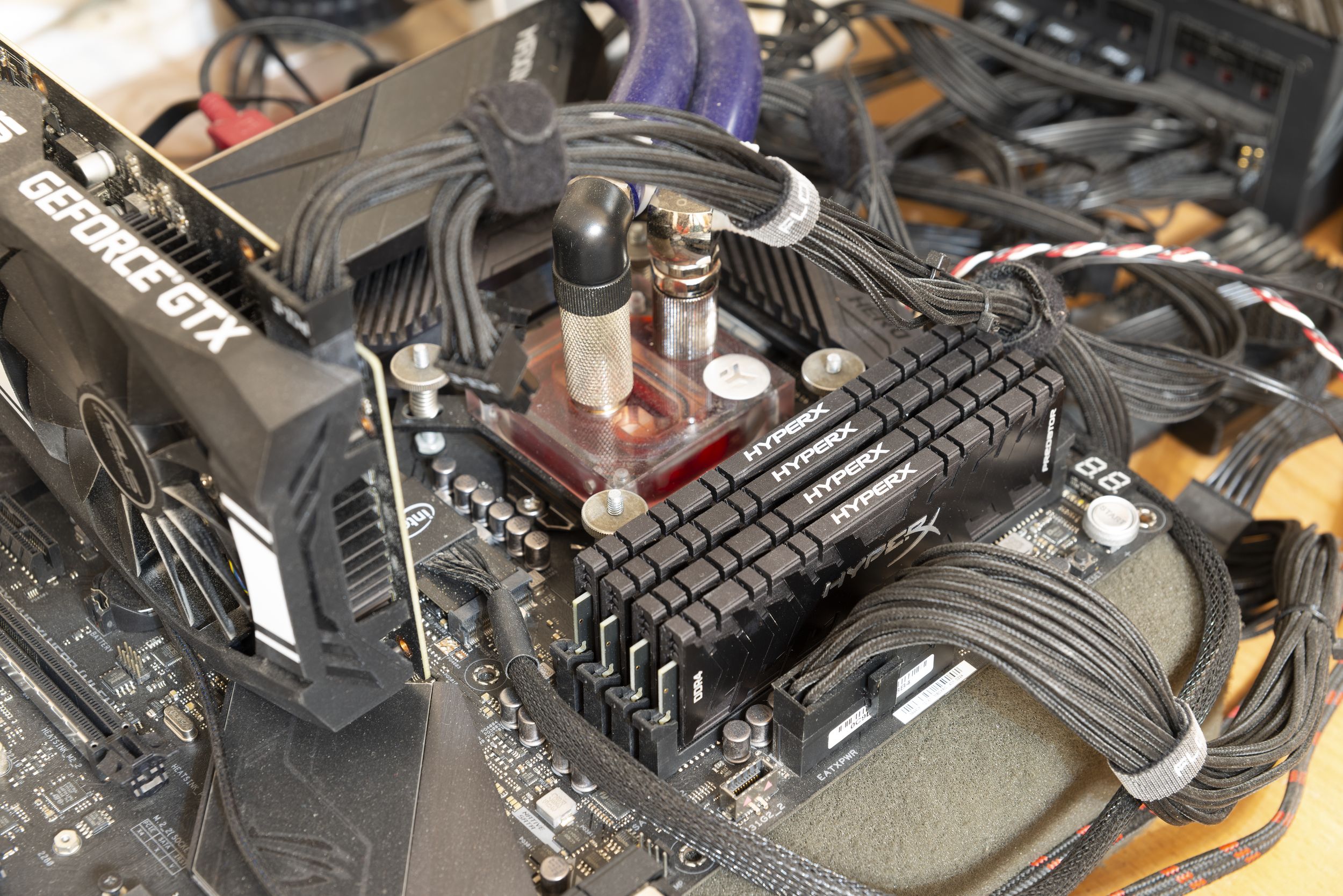
- Motherboard: ASUS ROG Maximus XI Hero (Intel Z390, LGA 1151 v2);
- Processor: Intel Core i9-9900K (Fixed frequency 4500 MHz, HT incl.);
- Cooling system: water cooling system:
- Alphacool NexXxoS Monsta 360;
- Scythe Minebea Silent IC 2000 rpm x3;
- EK-XRES 140 Revo D5 PWM;
- EK-Supremacy EVO;
- Hoses 15/19;
- Thermal interface: Arctic Cooling MX-2;
- Video Cards: Nvidia GTX 1660 Super;
- : ASUS Thor 1200 .
:
- : Microsoft Windows 10 x64 (2004);
- , : .
Since the main idea is to check the "memory" of USB Flash, then for tests we will take two "flash drives" Kingston models:

microDuo3 G2, with a capacity of 128 GB and a USB 3.2 Gen 1 interface. This flash drive is adapted for phones that support the USB OTG function (On- The-Go). This standard allows mobile devices to directly connect to supported USB devices. And the standard USB Type A port is essentially double-sided. The stated characteristics are read-only (up to 80MB / sec).
The second test specimen is DataTraveler SE9 G2 Flash Drive with a capacity of

64 GB and a read speed of up to 100 MB / s. The USB 3.1 Gen 1 connection standard is supported. So we have before us quite a typical "USB flash drive" for everyday use.
To begin with, we will conduct introductory tests in order to understand what to start from next. Both devices are new out of the box, the file system is exfat. We will evaluate the performance based on the results of read and write tests in a linear task.

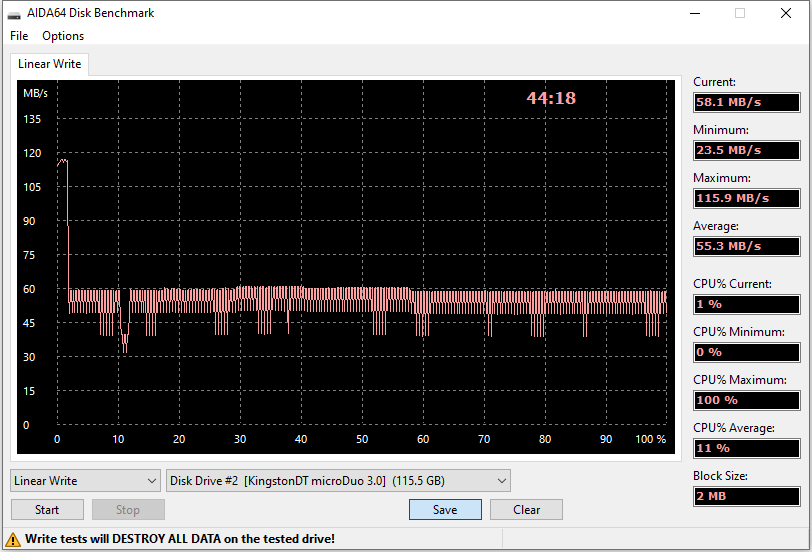
DataTraveler microDuo 3.0 G2 delivers a read speed of about 120 MB / s and an average of 55 MB / s write.

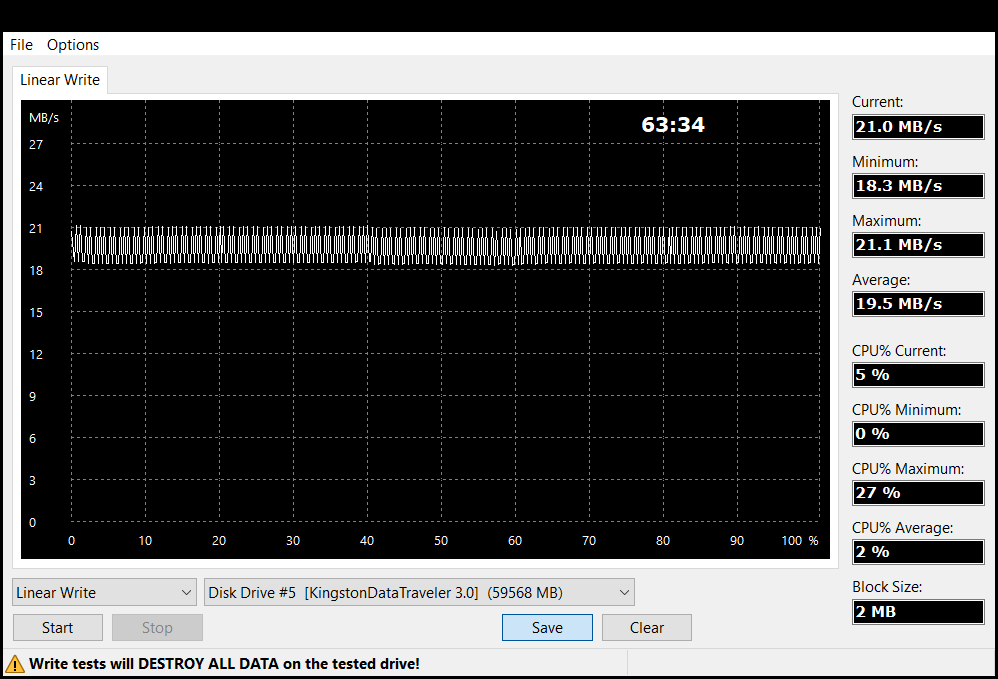
The DataTraveler SE9 G2 USB achieved nearly 130 MB / s reading and 20 MB / s writing. The purpose of further experiments is to evaluate the effect of different types of chargers on both flash drives. Because according to some people, the controller needs power in order to free the blocks for writing and to give time to equalize the wear of the blocks.
And we will check in 3 scenarios:
- Let's leave the flash drives in the USB Power Bank connector;
- Let's leave the flash drives in the charger connector;
- Leave the flash drives in the USB connector on the turned on computer (without using them by the user);
The test itself with 0% of the occupied volume (the results are provided above), 25% and 75%. To be convincing, let's leave them in the charging connector for 1 hour, overnight.
In order not to overload the reader with an excessive number of graphs, let us sum up all the results under a single denominator.
- There is no difference in test results between a "charged" flash drive lasting 1 hour and a night.
- Likewise, there was no difference in readings between charging in the USB Power Bank connector, a charger and on a computer that was turned on (without using them by the user).
- Depending on the occupied space, and we pre-filled the flash drives by 70%, no differences were found either.
Recording on media was carried out by the H2Test program:

Test results


Reading graphs on 70% of the recorded DataTraveler microDuo 3.0 G2 flash drive in the USB ports on the computer turned on and in the charger connector.
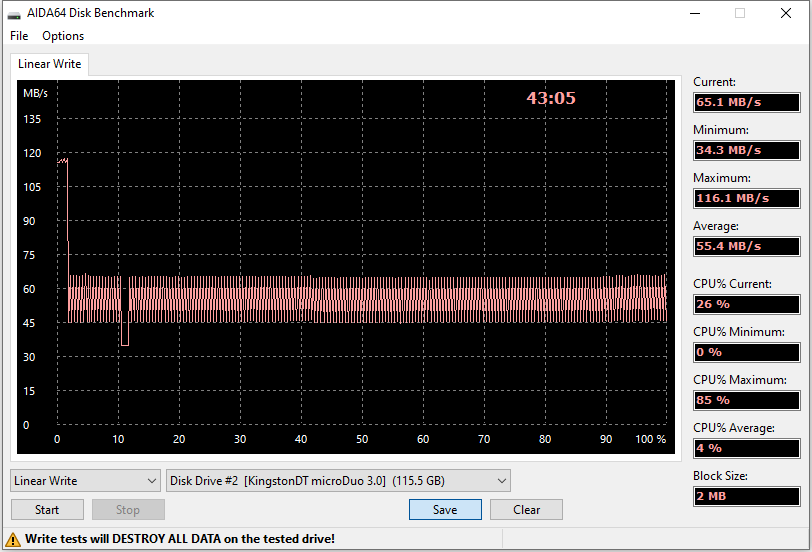

Recording graphs on 70% of the recorded DataTraveler microDuo 3.0 G2 flash drive in USB ports on a powered-on computer and in the charger connector.
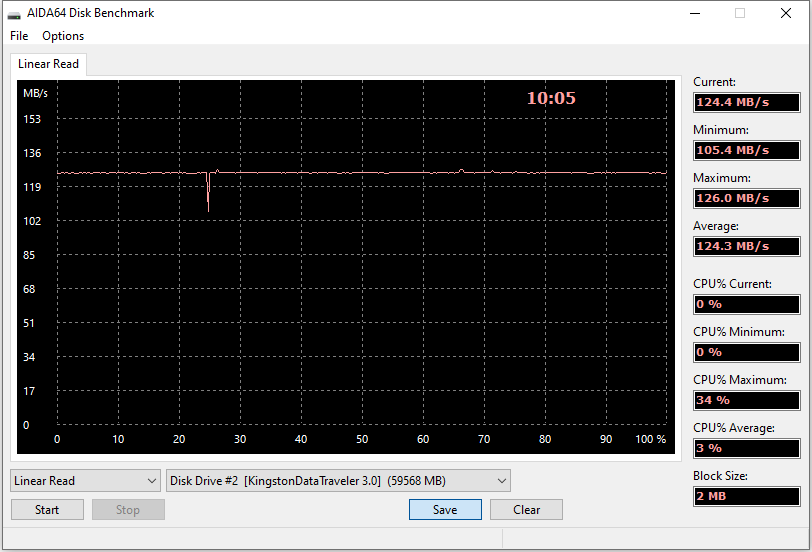
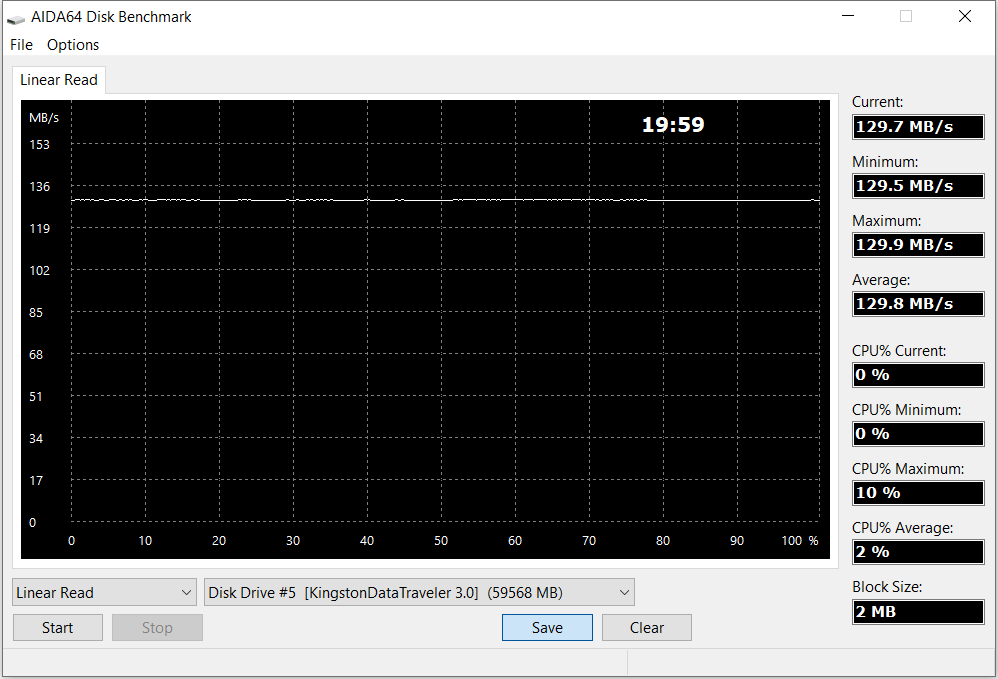
Reading graphs on 70% of the recorded DataTraveler SE9 G2 USB flash drive in USB ports on a powered-on computer and in the charger connector.


Recording graphs on 70% of the recorded DataTraveler SE9 G2 USB flash drive in the USB ports on the switched on computer and in the charger connector.
FAQ

Now let's talk about why USB Flash Drive is completely different, that NAND SSD and TRIMM / Garbage Collection laws do not work on flash drives.
- Can USB Flash Drive lose your data?
- Naturally, like any other NAND media. Data "storage" period is from 1 year for devices with "history", and much more for new USB Flash Drives. These are pessimistic numbers, in fact, the high temperature and non-use of the cells will gradually reduce the charge potential. NAND of different quality also affects the term. The range of threshold and normal state of charge in quality NAND is higher than in 3-grade NAND.
- How to prevent data loss? How does the flash drive know if the data is lost?
- NAND controller has built-in error correction algorithm. When you try to read data from a flash drive, the controller accesses the NAND, reads the cell and makes corrections if possible. If the correction is possible and successful, then you get access to your "old" data. This process occurs during normal access to the flash drive during I / O operations, and cells are sampled and evaluated according to their "fatigue" levels. The controller automatically distributes data to cells.
- How to reduce the likelihood of cell failure and uncorrectable read / write errors?
- To do this, you just need to use the USB flash drive all the time. Because at this time, alignment operations are taking place. USB Flash Drives are designed for temporary storage and transfer of data and are not designed for permanent storage.
- Updating USB Flash Drive
- It is true that cells lose charge over time, but finding a USB Flash Drive in any type of charger does not update the cells or force the controller to align. The principle of the cell is such that it stays in the shadow behind the controller, and connecting the charger does not force the controller to access the cell.
- Does “charging” lead to degradation of NAND memory?
- No, it doesn't. NAND memory "sleeps" behind the controller and does not receive any charges.
- Does the garbage collector continue to run after safe removal?
- No, like other operations with NAND memory, tk. the controller stops communicating with the system.
- Is there a garbage collector (GC) in flash drives?
- No, in the usual form in which we see the work of GC on SSD in flash drives, no! There is TRIM and it transfers data when needed. Please note that the answer is correct for the usual accessible flash drives, and not for unique models with an SSD structure.
- Will the data disappear from the flash drive after N years?
- They do not disappear at all, but remain in their original place, only this information cannot be read, due to the fact that the total number of errors will be beyond the possibility of correction by all available controller methods. This happens when an unacceptable state of electrical and timing parameters is reached when reading cells. In fact, NAND memory loses the ability to be read correctly.
Flash drives that do not require charging bear the proud name of Kingston. A complete list of "safe" USB drives can be found here .
For more information on Kingston Technology products, visit the company's official website .